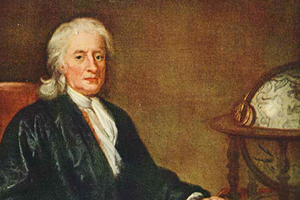The Region of Araucania is located between the 37º35’ and 39º37’ southern latitude parallels, and between the 70º50’ western longitude meridian and the Pacific ocean. Its northern border is the Region of Biobio; its southern border is the Region of los Rios; the eastern border is Argentina and the western border is the Pacific ocean. The capital is Temuco and it is administratively split into just two provinces, Malleco and Cautin. It has 32 comunas. The last one that was created was Cholchol in 2004.
It has a surface area of 31,842.3 km2 (which corresponds to 4.2% of Continental and Insular Chile).
869,535 people live in the region (2002 Census), which equals 5.8% of the national total. 588,408 people live in urban areas, while 281,127 live in rural zones.
It has a population density of 27.3 inhabitants per km2.
The gender division in the region shows that 50.5% (438,837) are women and the remaining 49.5% (430,698) are men.
The mapuches are Chile’s must numerous indigenous culture. According to the 2002 Census, 203,221 people who belong to this ethnic group live in the Region of Araucania, which represents 23.37% of the region’s total population. This number is also the highest in the country. 69% of these people live in urban areas, and the remaining 31% are spread out throughout rural areas.
Together with Iquique, Temuco is one of the cities that has experienced one of the most impressive growths in population nationwide over the past few years. According to the 1970 Census, nearly 88,000 people lived here; 32 years later, according to the 2002 Census, that amount has almost tripled (245,347).




 Muere Isaac Newton
Muere Isaac Newton